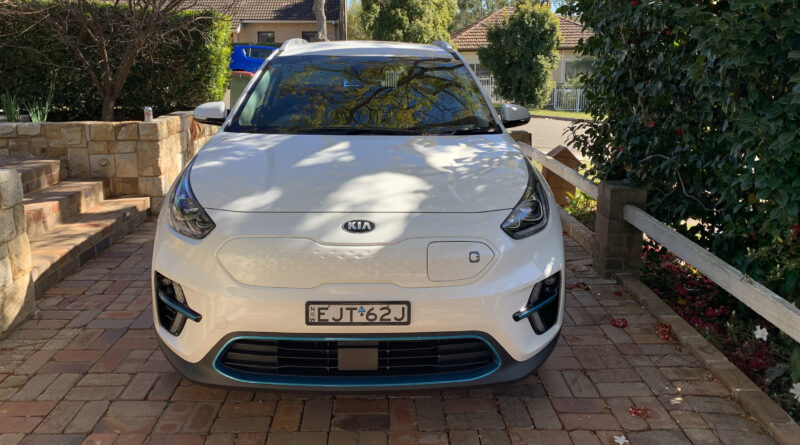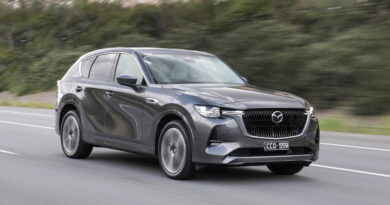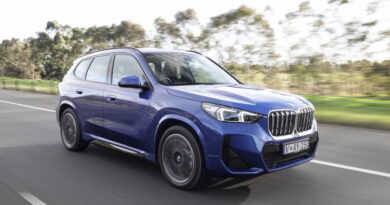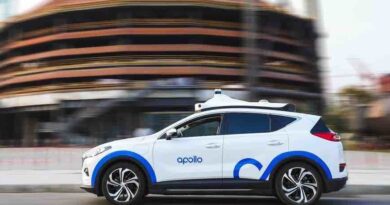Why value in an EV can sometimes be tricky to spot…
You’ll often hear people talking about how they’d like to buy an EV, but they’re too expensive – in much the same way that young people talk about buying a house in Sydney.
But rarely does the problem slap you more starkly in the face than when driving the Kia Niro EV.
Yes, at some level, I feel a bit woozy at the idea of paying $62,590 for anything with a Kia badge, but when I think about the fact that I could have a Tesla Model 3 Standard Range Plus for $59,900 (all prices are minus on-road costs) my head genuinely starts to ache.
Let me be clear that the problem with the Niro, at least at that price, is not that it’s not a good car, as such.
The nifty Niro looks pretty cool, particularly from front on, it drives quite well and offers typically thrusting EV acceleration. I also like how variable the regen settings are, using the paddles on the steering wheel.
I could do without what sounds like a Tamagotchi singing itself to sleep (or a Mogwai, for older readers) every time I start it up, but I did very much appreciate seeing a range figure of over 400km for much of the week I had the Niro (total range is 455km, but it’s lockdown, and I’m not allowed to drive too far).
My problem is with the issue of Kia’s perceived quality, and it’s one that is not unique to this particular model (I’ve driven a few in a row now, and been less than blown away in this department).
Quite simply, the Kia Niro does not feel like a $60K car, and in many ways it struggles to feel like a car worth half that much. The doors are thin, the materials are not great and it feels somehow slightly temporary in its construction, while the ride is passable rather than great.
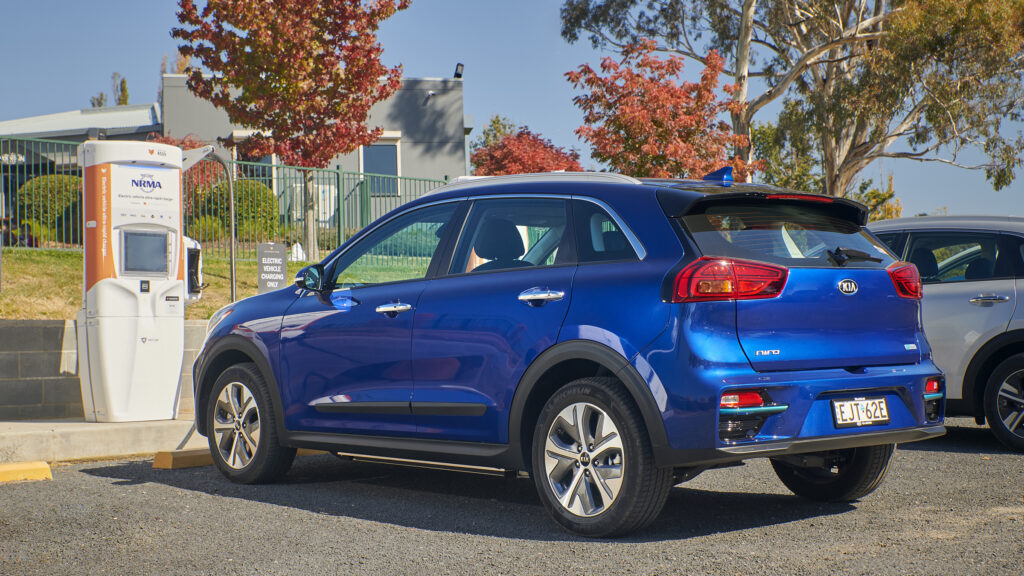
It doesn’t help that the Niro is nearing the end of its life globally (it took many years to make it Down Under), so doesn’t have the noticeable step-up of newer Kia models.
I always say that car companies really need to concentrate on the bits that you’re going to touch every single day, as an owner, and while a light door is one thing, a steering wheel that feels cheap is a far bigger mistake.
Not only does the Niro’s wheel feel closely related to a hula hoop, but the stitching on our test car’s tiller actually came apart in my hands while I was driving it. If I was the owner of any new car in which that happened, I’d be ropable but if I’d paid $62,590 for one I’d be apoplectic.
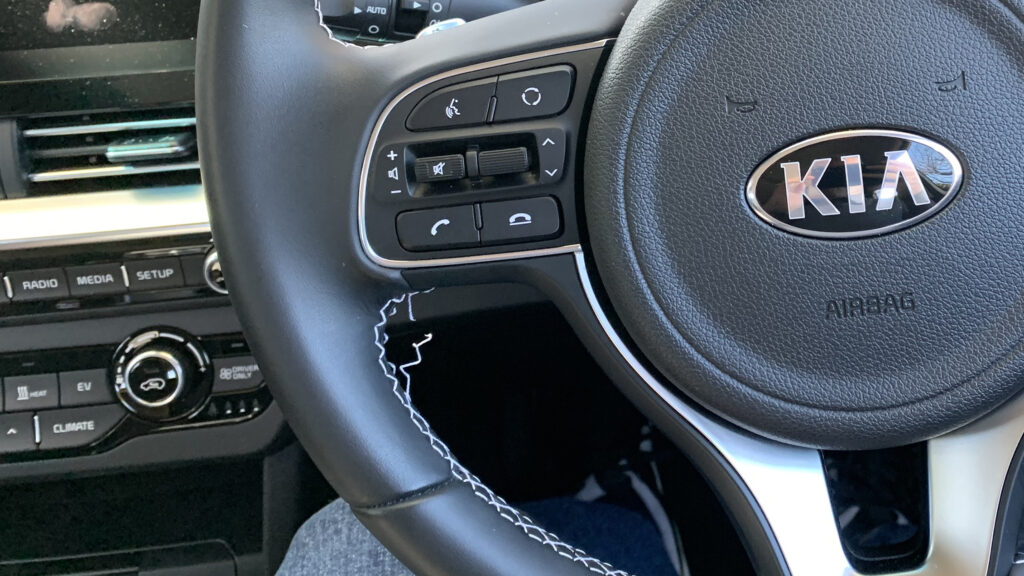
It was an interesting experience, then, to jump from the Nio straight into one of its competitors, Mazda’s new MX-30 Electric.
At $65,490, it’s even more expensive, but the fact is the perception of quality, and thus value, is like a broken piece of chalk and a very expensive double cream King Island Camembert.
Instantly, the Mazda feels like a more expensive car, with a solidity not just to the doors, but everything you touch. The steering wheel feels properly nice and the stitching quite permanent.
There’s also just so much that’s cool about the MX-30’s interior (as long as you’re not in the back, which has tiny windows that make it feel like a hyperbaric chamber), with its floating dash, cork cubby and cupholders and various eco-surfaces made out of faux leather and recycled plastic bottles.
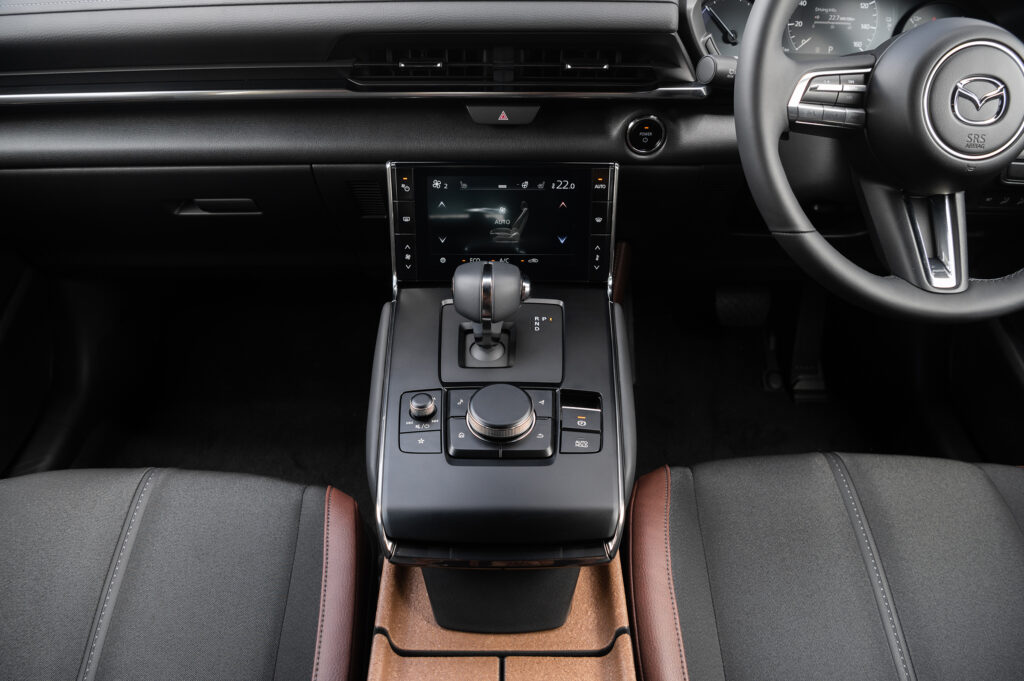
It feels modern, future forward, like an EV should, and jumping straight from the Niro to the Mazda feels like being upgraded from Jetstar to an actual airline (ahh, flying, remember that?).
Does it feel worth $65K? Hell no, but it feels a lot closer to it than the Kia does… until you drive it.
There are a few things that are going to make the Mazda a harder sell than Prince Andrew advertising himself as a babysitter for teenage girls, and all of them are before you even get to the price.
The biggest one is range, which, at just 200km (WLTP) is just a few kilometres short of abysmal. Honestly, it’s as if Mazda came up with this car without looking at what its competitors are up to.
The Kia might feel cheaper, but it’s got twice the range and, worse still, it also feels zestier to drive, because the MX-30 has got to the least exciting, least torque-tastic EV on the market. The range of regen settings you get is also very strange, because it doesn’t really give you that kind of one-pedal driving option that Nissan bangs on about so much with the Leaf, where you can basically drive by just stepping on and off the throttle without bothering the brakes (Tesla does it, too).
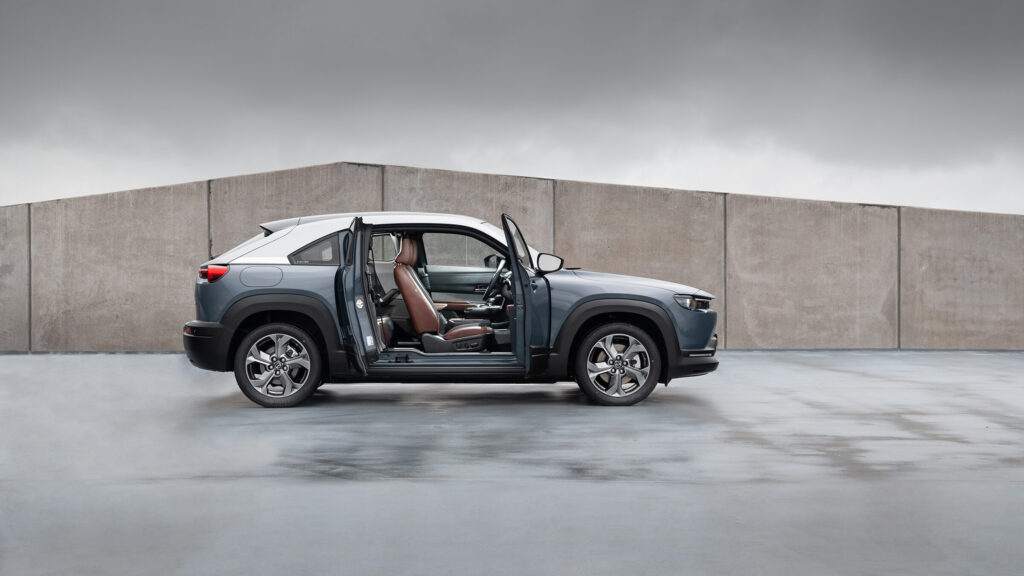
Mazda is being willfully and perhaps wisely different here, because it believes that the human body is upset by that kind of driving, and that we all prefer to brace ourselves against a brake pedal when coming to a stop, thanks very much.
That might appeal to some people, but not so much that they’re going to slap down $65K for a car with so little range, no matter how cool and funky it looks and feels. Besides, you could always give people the choice (like Nissan and Tesla do).
What we come to, then, once again, is the problem of price. It is genuinely hard to perceive value in a car that costs so much unless it feels properly expensive – like the Mazda does – or provides a truly revelatory EV experience, like the Niro or Tesla Model 3.
Sure, various Australian governments are now offering some EV incentives and discounts, but even with those it makes buying cars like this a very stiff ask indeed.
But if I had to choose between the Mazda and the Kia, I would definitely go with the Tesla.

